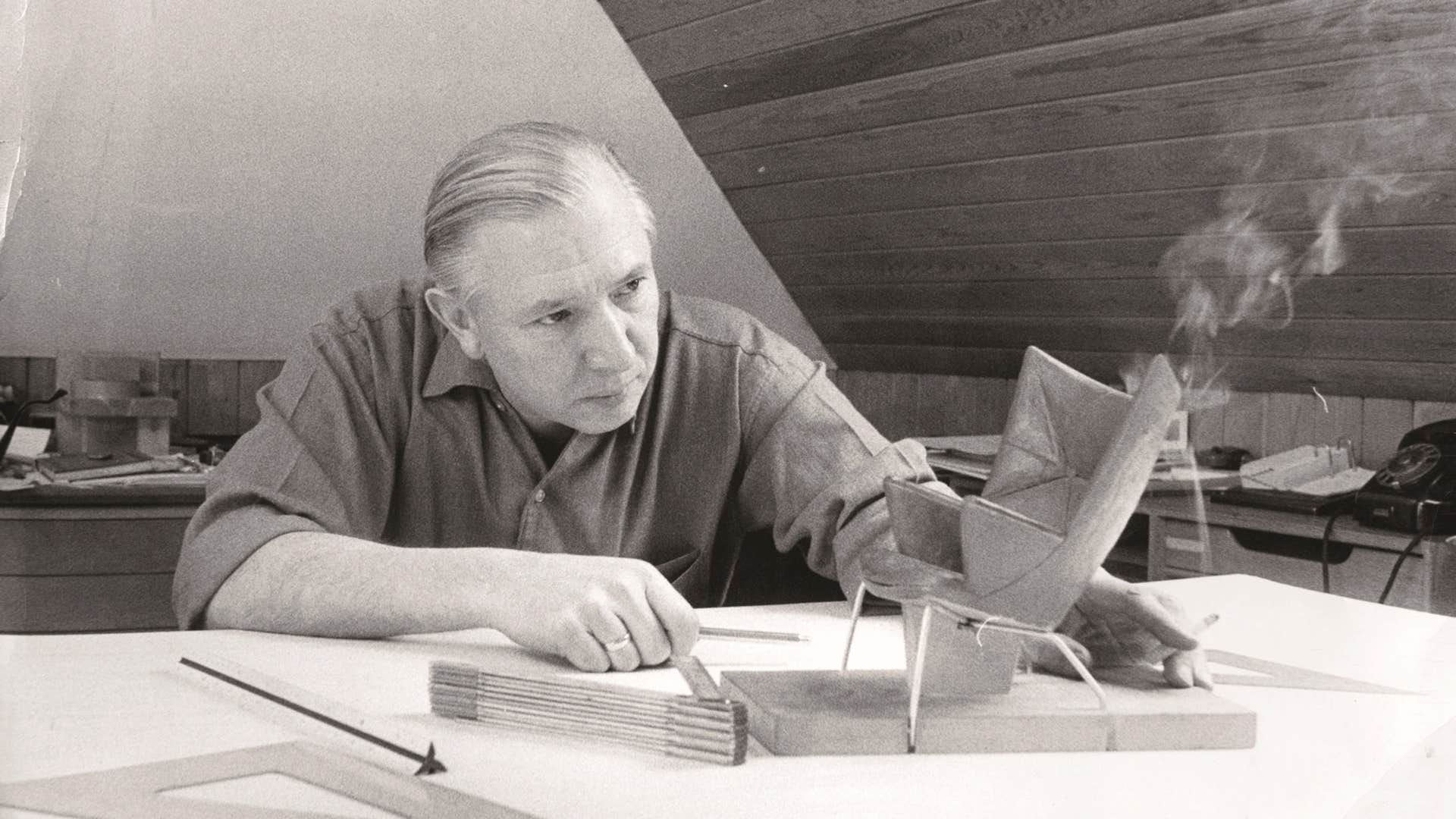Hans Wegner: The Master of Chair Design – His Journey, Influences, and Legacy
When you speak of Danish furniture design, one name stands unparalleled: Hans Jørgensen Wegner. An illustrious figure, Wegner’s body of work captures the essence of post-war design trends, effortlessly blending form with function. His influence on mid-century modern aesthetics remains unchallenged, and his designs are revered as timeless masterpieces.
Origins and Training
Born in Tønder, a quaint town in Denmark, Wegner’s initial tryst with furniture began as an apprentice to H. F. Stahlberg2, a master cabinetmaker. This foundational phase provided Wegner with an intrinsic understanding of materials, detailing, and craftsmanship. It became evident that for Wegner, furniture was not just about functionality, but an art form in itself.
International Influences
While deeply rooted in Scandinavian traditions, Wegner had an eye that looked beyond borders. Particularly, traditional Chinese chairs greatly influenced him. By integrating minimalist grace from the East with the functional beauty of Scandinavian design, he crafted pieces that were both utilitarian and aesthetically pleasing.
The Design Philosophy
“A chair is only finished when someone sits in it.” This statement encapsulates Wegner’s holistic approach to design. Throughout his career, he birthed almost 500 chair designs, with over 100 going into mass production. Each piece not only demonstrated exceptional craftsmanship but also illustrated Wegner’s thought process, where design was a continuous act of purification and simplification. He believed in stripping down to the essence, as evident from his statement: “It was a continuous process of purification and simplification – to cut down to the simplest possible design of four legs, a seat, and a combined back- and armrest.”
Landmark Creations and Collaborations
1949 stands as a hallmark year in Wegner’s career. Collaborating with the eminent furniture maker, Johannes Hansen, the Round Chair (PP501) was born. This iconic piece, crafted in a mere 48 hours, became synonymous with Danish furniture design. But 1949 had more in store. The Wishbone Chair (CH24), also conceived this year, was an embodiment of mass-production meeting groundbreaking aesthetics. As David Colman of The New York Times aptly put it, “The Wishbone Chair is an understated work of simplicity and comfort, its graceful shape hinting at both East Asian design and modernist ideals.” To this day, its demand remains unprecedented, especially in Japan.
On the Global Stage
The impact of Wegner’s designs transcended mere homes and showrooms. A testament to this is the 1960 nationally televised U.S. presidential debate, where both Vice President Richard M. Nixon and Senator John F. Kennedy were seated on Wegner’s chairs. Such moments anchored the global recognition of his work. Beyond political stages, major design museums from New York’s Museum of Modern Art to Die Neue Sammlung in Munich celebrate his creations.
An Evolving Craft
The 1960s marked a significant phase in Wegner’s career. His association with PP Mobler, a distinguished Danish joinery workshop, catalyzed a series of experimental designs. The Shell Chair (CH07) epitomized this era, introducing an edgy aesthetic that, while initially polarizing, gained widespread admiration in the 1990s.
The Legacy
Wegner’s journey wasn’t just about individual pieces but an overarching design evolution. By the 1990s, as global trends veered towards Danish modern and mid-century modern aesthetics, a renewed demand surged for his initial designs.
Hans Wegner’s life story, punctuated by his relentless dedication to his craft, reflects in each of his creations. They stand not just as pieces of furniture but as symbols of an era, a philosophy, and a testament to design as an art form. His passing in 2007 marked the end of an era, but his legacy, through his chairs and designs, ensures his place in history as the undoubted master of chair design.
Explore our collection of Hans Wegner replica chairs.
Born
in Tønder, Prussia, German Empire (later became a town in the Region of Southern Denmark)
Began His Apprenticeship
He worked as a child apprentice with Danish master cabinetmaker H. F. Stahlberg.
School of Arts and Crafts Copenhagen
Wegner saw the need to hone his skills for his workshop dream. After his military stint, he studied cabinetmaking at the Danish Technological Institute and carpentry at Copenhagen’s School of Arts and Crafts.
Married
Wegner met and married Inga Helbo, a secretary in Jacobsen’s office.
Partnership with Carl Hansen & Søn
Wegner established his own design studio. Holger Hansen, son of Carl Hansen, recognized Wegner’s immense talent and foresaw the potential of a partnership. Eager to concentrate on chair design and reach a broader audience, Wegner embraced the collaboration1.
As Educator at Suenson’s
Wegner took on a teaching role at the School for Arts and Crafts while also joining Professor Palle Suenson’s design studio3.
Wegner Museum opens
Tønder’s heritage water tower underwent renovation and conversion, turning into a museum to showcase Wegner’s works.
Died
in Copenhagen, Denmark
Reference List:
- Jessen, Henriette Wett. 1994. “Designer Profile: Hans J. Wegner.” Carl Hansen & Søn. https://presscloud.com/file/22/225313653317239/UK_Hans_J_Wegner_designer_profile.pdf.
- “Hans J. Wegner,” Danish Design, accessed August 8, 2023, http://danish-design.com/designer/wegner/.
- Ibid.
